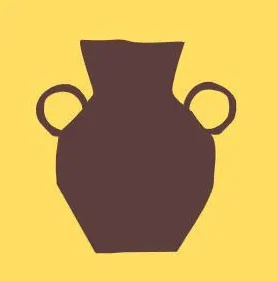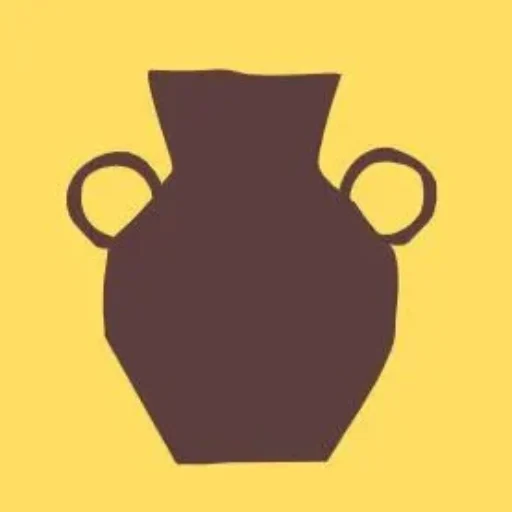If you’ve ever baked a layered cake or made a parfait, you’ve already seen the idea behind stratigraphy in action. In archaeology, stratigraphy is the study of soil layers, and it plays a huge role in helping archaeologists understand how time passes at a dig site. Each layer of dirt, sand, or rock can hold valuable clues about what happened there long ago. By carefully studying these layers, archaeologists can build a timeline and figure out which artifacts came from which period in history.
The word “stratigraphy” comes from the Latin word stratum, meaning “layer.” Over time, natural events like floods, volcanic eruptions, or simple weathering cause new layers of earth to form on top of older ones. Humans add to this process too. Every time people build, dig, or leave things behind, they create new layers. Imagine a village where people lived a thousand years ago. Over time, they may have built new houses, dropped pottery, or buried loved ones. As generations passed, newer buildings and items covered the old ones. Eventually, the village may have been abandoned, buried, and forgotten—until archaeologists arrived.
When archaeologists begin digging, they don’t just go straight down. Instead, they remove the earth slowly, one layer at a time, documenting everything carefully. This method allows them to understand which objects came first, which came later, and how the site changed over time. It’s like reading a history book written in dirt.
For example, imagine archaeologists find three layers. In the bottom layer, they discover stone tools. In the middle layer, they find bronze jewelry. And in the top layer, they find coins from an ancient empire. Based on stratigraphy, they can tell that the stone tools are the oldest and the coins are the most recent. Without even needing to know exact dates, the layers tell a clear story of how people lived and changed over time.
One of the most important rules of stratigraphy is called the Law of Superposition. It says that in any sequence of undisturbed layers, the oldest layer is at the bottom and the youngest is at the top. This rule helps archaeologists keep their discoveries in order, like chapters in a book.
At Dig Quest, we love showing students how stratigraphy works using hands-on activities. In our mini dig kits, students excavate layers of colored sand, each one containing replica artifacts. As they work through the layers, they learn to observe patterns and make inferences—just like real archaeologists. It’s always exciting to see students figure out which artifacts came first and build their own historical narratives.
Stratigraphy also teaches valuable skills beyond archaeology. It encourages students to think logically, ask questions, and understand how small clues can reveal big stories. It’s a lesson in patience, observation, and critical thinking—all wrapped up in the simple act of digging through dirt.
So, the next time you dig in the ground, think about what might be hidden in those layers beneath your feet. With a little knowledge and curiosity, you just might uncover the story of the past—one layer at a time.


